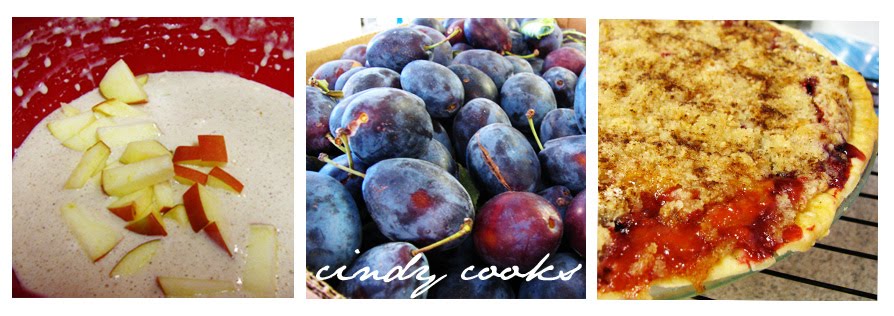So this is my new thing: making cheese. Because I haven't yet invested in things like rennet and cultures, I've been limiting myself to a very simple "lemon cheese" (also called "paneer" in India and "queso fresco" in Mexico). You can also make it with vinegar, if you don't have lemon, though I haven't tried it yet. The cheese is VERY simple and incredibly delicious. Serve this next time you need appetizers for a party and I can assure you, you will wow everyone!
1 quart whole milk
1/4 cup lemon juice (I used the kind from a bottle)
Salt
(Any other desired herbs/spices)
Line a colander with cheesecloth OR loose (clean) cotton. I just used cotton—in fact, I recommend it for this cheese, since it has small curds. If you use cheesecloth, use 2 or 3 layers to make sure the curds don't slip through. If you want to save the whey from your cheese, set the colander inside a bowl so that the bowl will catch the whey when you strain the cheese. (Whey is apparently really healthy and can be used in baking. I don't honestly know much about it, except that every cheese recipe I've seen has talked about saving the whey!)
In double-boiler (if you don't have a double-boiler, find a metal or glass bowl big enough to sit on top of one of your existing saucepans and use that!) heat milk over medium heat, stirring frequently, just until milk begins to have frothy bubbles around the edges and in the middle (DO NOT let it boil). For those with a thermometer, this is really anywhere between 100-180 degrees. As soon as you start seeing these frothy bubbles, remove the top part of your double boiler (pot or bowl, as it may be) and set on a hot pad on the counter. Let it sit for 15 minutes; it will maintain a temperature of over 100 degrees this whole time. Once the 15 minutes is up, pour lemon juice into milk and stir it all up with a spoon. You will start to see the milk thicken and separate almost immediately. Stir for a few minutes until the milk is fully separated—you will see stringy white curds and watery yellow/green whey. Once milk is separated, pour into lined colander. (Because I use cotton and not cheesecloth, I let the cheese sit in the colander for 3-5 minutes so it's not still swimming in whey when I hang it.)
Once most of the whey is strained off, gently draw the corners of your cheesecloth/cotton into the center and tie them together with a string. Hang the string from something in your kitchen (I use a kitchen cabinet knob; I've also seen pictures of people using their sink faucet), with the whey bowl underneath to catch the drips. Let your cheese drain 30-60 minutes, depending on whether or not you want a creamier or a dryer texture. (Using my cotton, I let my cheese drain for 60 minutes and it is perfect—creamy and spreadable, but not quite as creamy as, say, cream cheese.) If you are going for crumbly queso fresco to use in Mexican recipes (it's great on top of refried beans!), let it hang 2 hours.
Once the cheese is done draining, gently untie your bundle and scrape the curds into a bowl. At this point, if you want savory/salty cheese, add salt to taste. (Err on the side of too little, as the salt flavor will get stronger as the crystals dissolve and the cheese cures.) You can also add in any other herbs/spices/flavorings that you'd like to at this point. Once everything is mixed in, take the back of a spoon and press the cheese gently into the bottom of the bowl so that it is one cohesive unit, rather than a lot of loose curds. Cover and refrigerate for at least a few hours; the cheese is best the next day, after its flavor has had a little time to mature, but about 3 days down the road it loses flavor. For queso fresco, don't press the curds into the bowl - just stir in the salt and let them remain loose and crumbly.
Enjoy! It's SO easy and SO delicious! I also think it tastes a little bit like chevre goat cheese, which I love.

